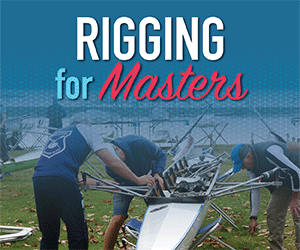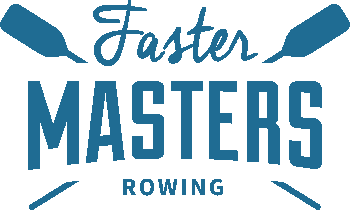Ways to use your boat rig to get a longer arc for the oar. Simplifying why it works and some key principles.
Timestamps
00:30 Rebecca’s new shiny object is a wing rigger mounted gadget to mount a stroke coach and water bottle over your rigger.
Check out the 3Drow website for 3D printed rowing accessories.
01:45 Rigging a longer stroke
Having the oar in the water longer (distance rather than time). Taking the tip of the blade through a greater distance each stroke. Use the principle of the lever to understand how rowing oars and sculls work to propel the boat. Inboard and Outboard ratio is important to understand. With longer levers you need a greater force on the handle to move the oar though the same arc in the same time.
03:45 Is longer better?
As long as your athlete has the physical strength and power to move the oar through the water then you can use longer oars. There is a point of diminishing returns. The rowing sliding seat was invented to increase the arc through which the oar is rowed through. A longer slide gives a greater arc.
05:00 Does the athlete have the oar handling skills such that they can put the oar in the water at full reach at frontstops so you don’t miss water?
Missing water means you have a shorter stroke than you are capable of. Rigging a longer stroke is a good solution for someone who is less skilled in bladework.
Suggest the athlete rows on a longer arc.
4 ways to row a longer arc
- Shorten the inboard of the oar/scull
- Move the footstretcher closer to the stern
- So the catch angle is the same as other athletes
- And they get a longer effective stroke when the oar is actually in the water
A physically short athlete where you want them to have the same oar arc as other crew members. Shorten the inboard and adjust the outboard so their gearing is the same as the rest of the crew.
07:30 Rig Diagram
This might be useful for you to try. Check the rigging diagram from Stephen Aitken – rowing angle changes presentation
08:00 Study the arc through which the rower’s arm and oar moves during the power phase. The solid line shows a reduced span (moving the pin closer to the side of the boat). Th length of arc is determined by the athlete’s anthropometrics (leg and arm length) and torso (height). A formula to calculate typical arc lengths.
10:00 For small changes of span/inboard this is a useful assumption.
Review the faulty logic – Only change one thing at a time (not always possible as one change affects other parameters)
– Options of things you can change span, inboard, stretcher position, gap between handles at the finish for sculling. Which COULD you change to lengthen the stroke?

12:00 The conclusion that there’s only one option that works Reducing inboard and span equally and adjusting footstretcher to keep the handle gap the same at the finish works with increases in all angles – catch and finish. Stephen recommends first reducing the inboard and then reduce the span equally.
13:15 Standardise rig across your boat fleet
Keep oars the same – similar inboards for quad/double and adjust for single. For sweep adjust for eight/four/pair.


